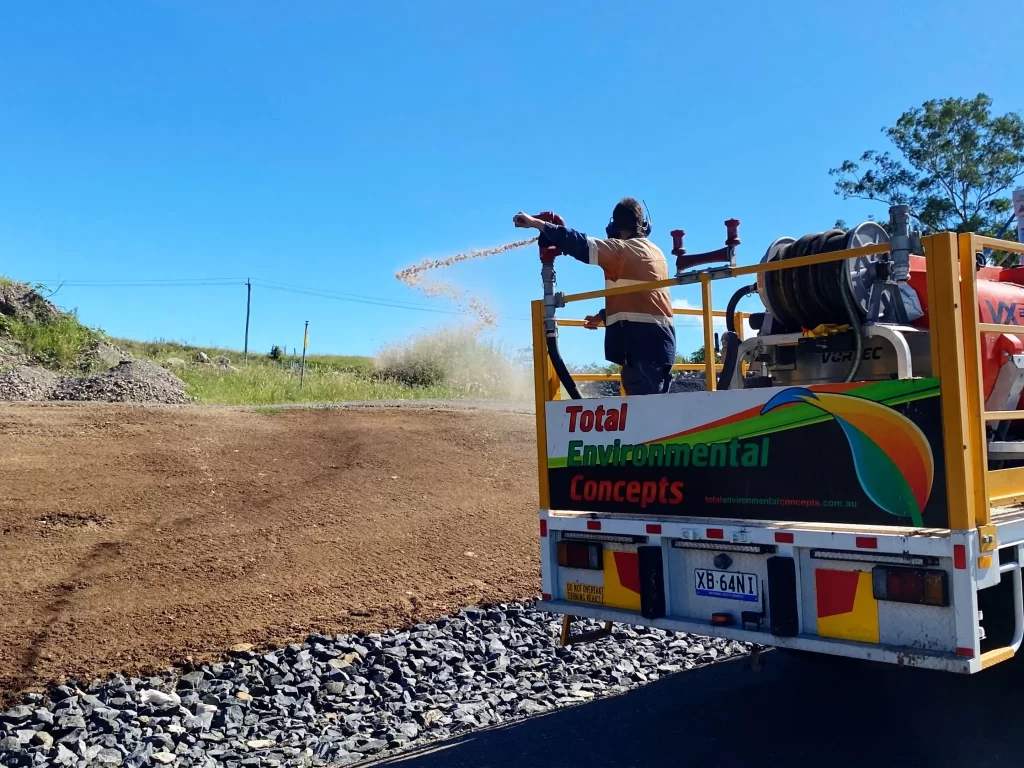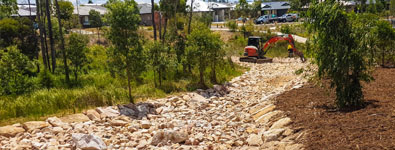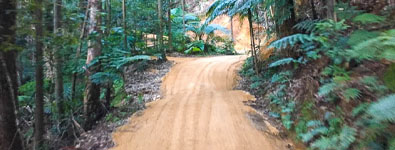How does bioretention work?
Bioretention basins are vegetated areas that are designed to filter stormwater runoff. Contaminants and sedimentation are removed from the runoff during the process of bioretention.
Coarse sediment and litter carried by stormwater are caught in the retention basin or sediment pond. The heavy sediment and litter fall to the bottom of the basin while the cleaner water stays toward the top. In essence, these structures intercept stormwater before it flows through to the waterway.
Vegetation plays a key part in maintaining the porosity of the surface of the filter media and the healthy growth of the vegetation is critical for its performance and operation.
Basins are constructed in a variety of sizes from small curbside basins through to large residential estate basins.
Why maintenance needs to be done
Routine inspections and maintenance are required to ensure that the basin is intact and functioning correctly.
Typically new systems require more maintenance initially but, over time this will decline. The properties contractor will schedule and perform this maintenance over time and report on the basins operation.
Correct maintenance will ensure the longevity and effectiveness of the basin system for many years to come.
What’s included in maintenance
The main focus of basin maintenance is across:
- Flow of water to and through the basin.
- Vegetation.
- Preventing unwanted growth.
- Removal of accumulated sediment.
- Removal of litter and debris.
The following details a typical maintenance program for a bioretention basin:
Upon completion of the installation – plants are watered for at least two (2) weeks.
Over time, the following items are managed as required:
- Fertilising plants
- Removal of noxious weeds or plants
- Replanting any plants that have died
- Re mulching void areas.
- Mow turfed areas.
- Treat any diseased plants.
- Water plants during excessively hot periods.
- Removal of top two or three inches of discoloured planting medium and replace it with fresh mix.
Monthly maintenance:
- Inspect the basin to evaluate its condition and repair any issues.
- Remove litter and plant debris.
- Repair any eroded areas of the basin.
Twice per year:
- Remove and replace any dead or diseased plants.
Once per year:
- Add new mulch.
- Replace tree stakes and wire as required.
These tasks will be scheduled and performed by your contractor. These tasks are managed within local council requirements including Brisbane City Council’s Design Assessment Checklist.
Bioretention maintenance should be only be performed by a licensed and experienced contractor. Your contractor will have the qualifications and expertise to ensure the basin is correctly installed and managed for its lifetime. In addition, this will make sure the basin is compliant with local council organisations and their requirements.
For more information on this service, contact our team today.





















